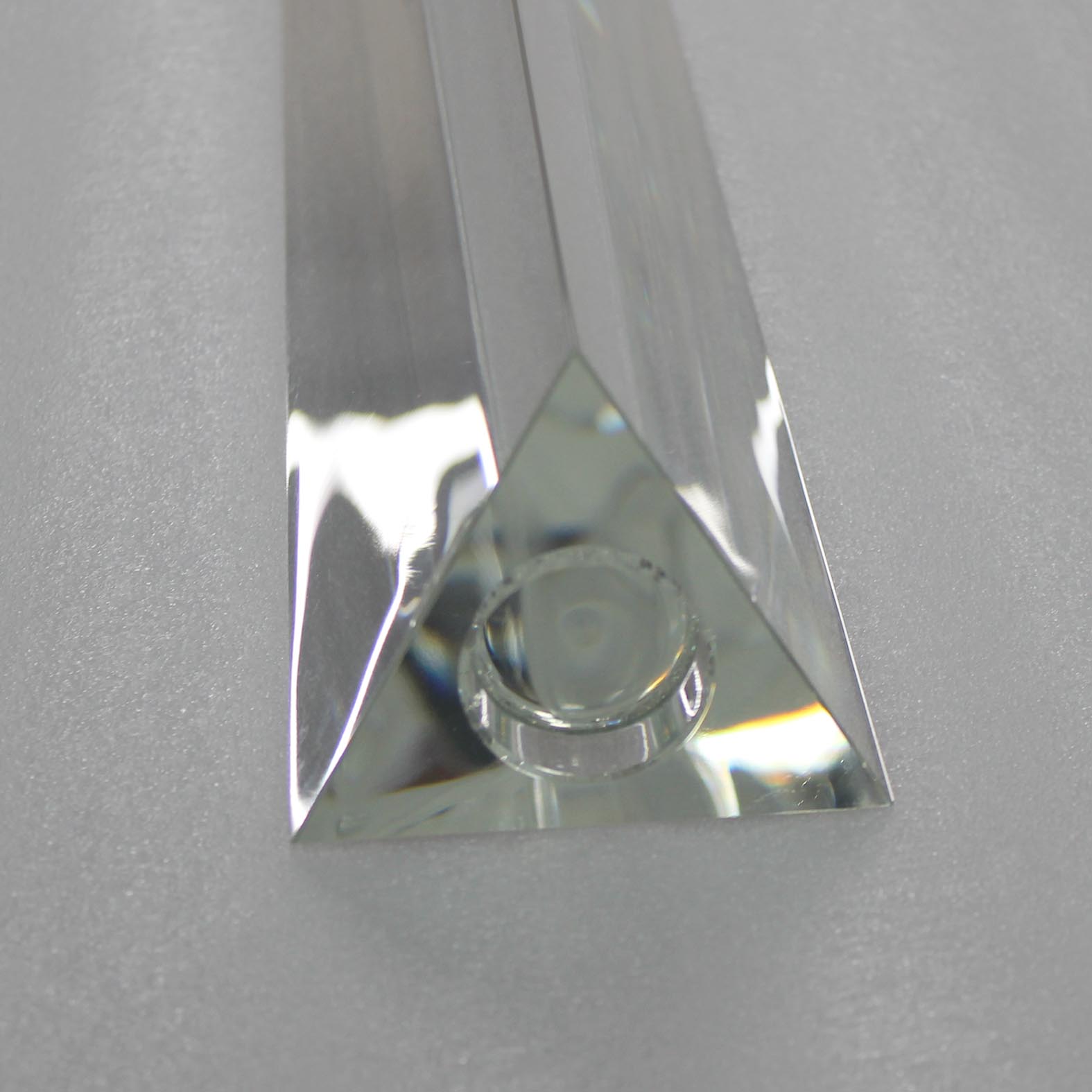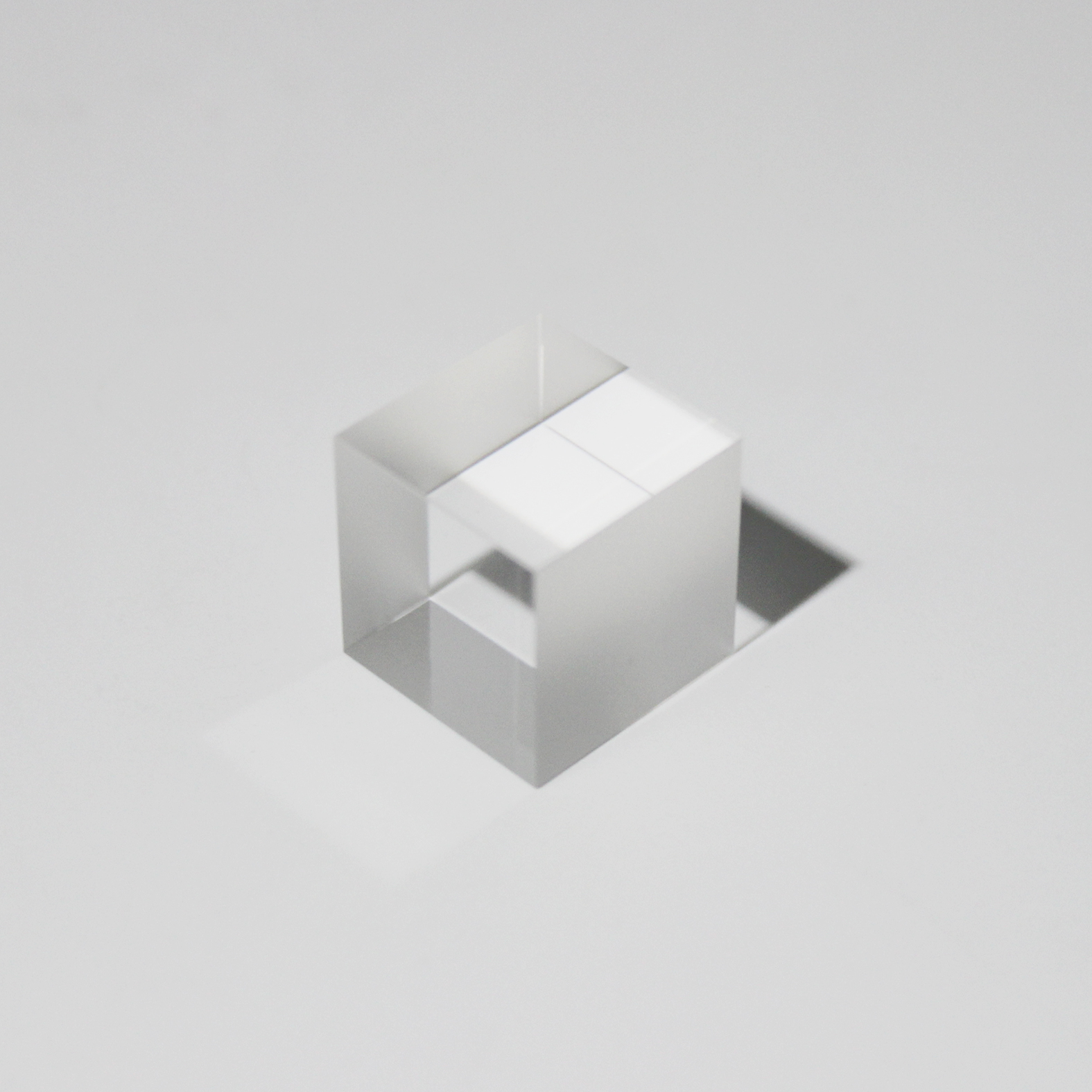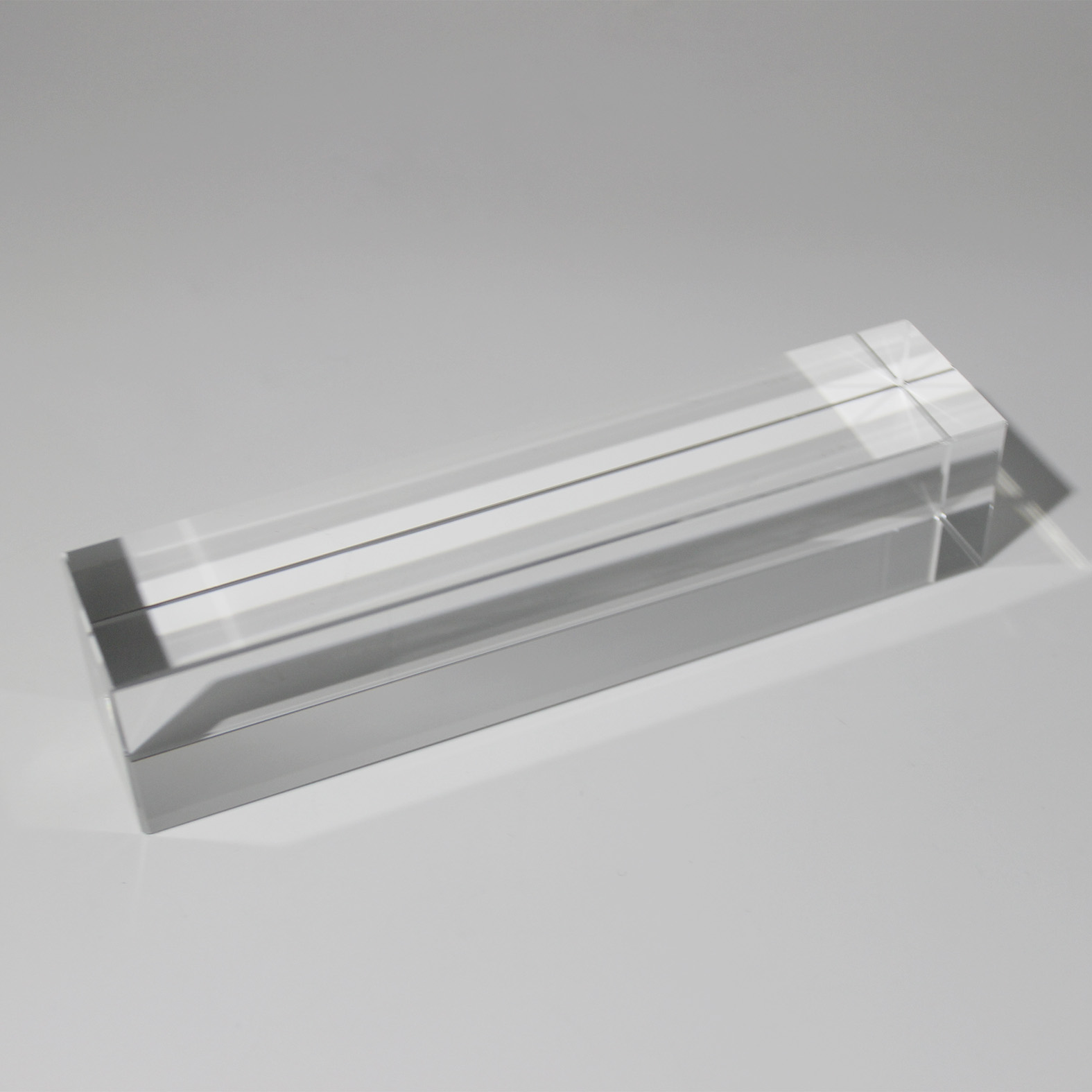Laboratory High Transmission Optical Quartz Glass Cuvette Flow Cell












Laboratory High Transmission Optical Quartz Glass Cuvette Flow Cell
Item Number:X-P24Q7M15701S
Quartz cuvettes are used for holding reference liquid and sample liquid etc..
- Material: BK7 glass, PMMA, PC, Fused Silica, Sapphire etc.
- Dimension: 0.5mm - 200mm
- Surface Accuracy: lambda/20
- Size Tolerance: +/-0.01mm
- Angle Tolerance: +/-30 sec
- Coating: AR, HR, HT, customized as requested
What is cuvette?
A cuvette is a small, transparent rectangular receptacle that comes in a variety of materials, quality standards, and dimensions. Our Cuvettes are high-quality cells designed to hold liquid samples.
The UV fused quartz glass construction allows these cuvettes to be used with UV light at wavelengths as low as 200 nm, as well as with visible and infrared light up to 3 µm.
VY Optoelectronics Co.,Ltd. offers cuvettes with either two polished sides, for use in absorption spectroscopy experiments, or four polished sides, for use in fluorescence spectroscopy.
The polished sides can be cleaned using standard optics cleaning procedures. Versions are also available with one of two PTFE tops: a cap to block dust and other particles or a stopper to prevent evaporation and provide an airtight seal.
Why do we use quartz cuvettes?
Historically, reusable quartz cuvettes were required for measurements in the ultraviolet range, because glass and most plastics absorb ultraviolet light, creating interference. ... Glass, plastic and quartz cuvettes are all suitable for measurements made at longer wavelengths, such as in the visible light range.
How many types of cuvettes are there?
The four most popular cuvette materials are : Optical Glass or Pyrex Glass. UV Quartz. IR Quartz.
Images of Optical Flow Cell Cuvette

Specifications of glass cuvette
| Specifications | Data |
| Light path | 1mm/2mm/5mm |
Video of Quartz Cuvette
Workshop processing video
People also ask
- Why are quartz cuvettes better?
A quartz material has a much higher melting point than glass. Chemical Compatibility – The chemical structure of quartz is stronger than glass making it able to handle a bigger range of chemicals that would melt or damage a glass cuvette.
- Does quartz absorb UV light?
Ultraviolet light has shorter wavelength than visible light, although ultraviolet waves are invisible to human eyes. If we use glass in place of quartz then glass will absorb ultraviolet rays while quartz does not.
- Why does quartz not absorb UV light?
Quartz will transmit UV from 180 nm to 400 nm.
Since quartz is made of silicon dioxide, glasses made from a high proportion of this material will also readily transmit UV. One such glass is known as VYCOR, which is 96% silica. However, remember that the shortest UV is the most damaging to the skin and cells.
Want to learn more / get a quote? Just click here to contact us now~ 
Related Products

China Factory Customized A Grade K9 Glass Polished Prism
Optical prism is a transparent optical element with flat, polished surfaces that ...

China Wholesale Manufacturer Direct Sale Optical Fused Silica Cube Prism
Optical prism is a transparent optical element with flat, polished surfaces that ...



